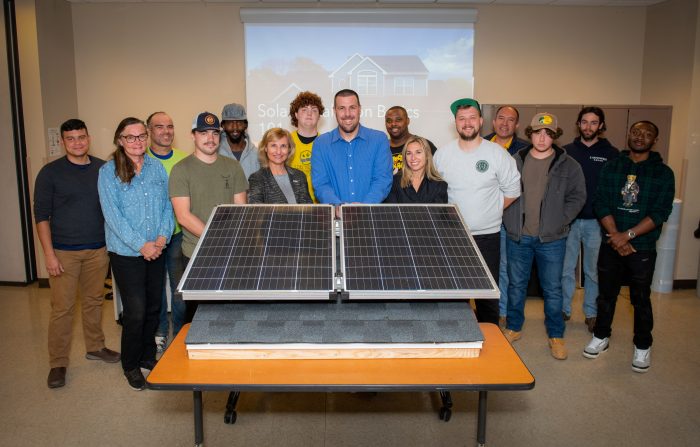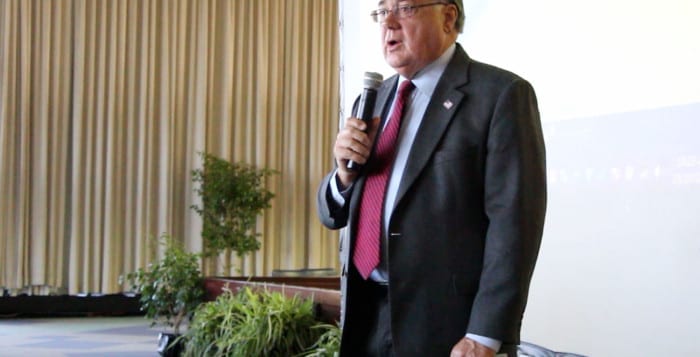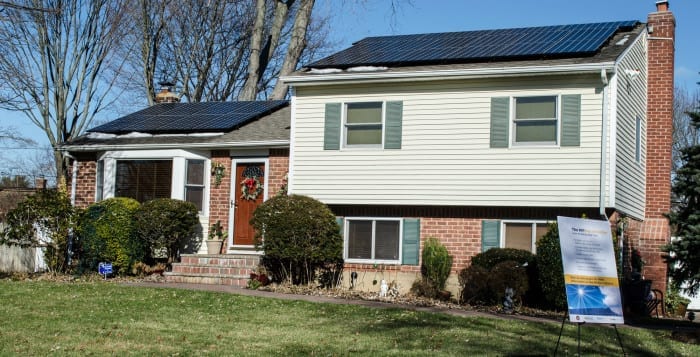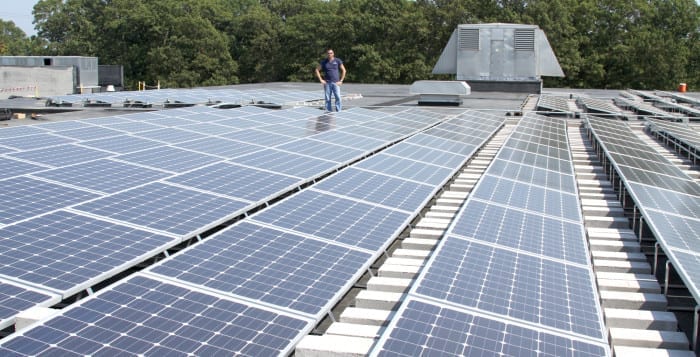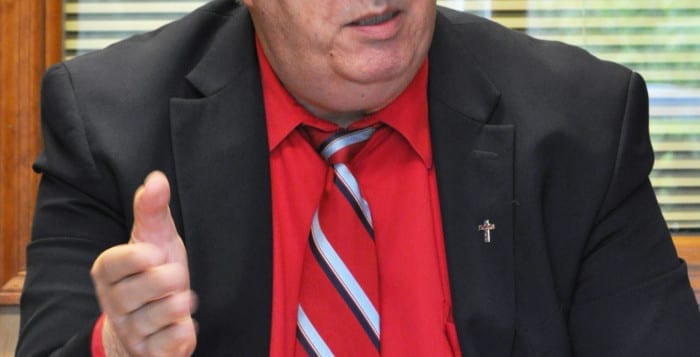School districts looking to go green could see more green for it, if proposed state legislation to help school districts pay for alternative energy projects makes its way through Albany.
New York State Sen. Carl Marcellino (R-Syosset) has sponsored legislation that would strengthen the state’s support for alternative energy in school districts. Currently, there’s state building aid available for the installation of wind and solar systems, but Marcellino’s legislation allows all types of alternative energy systems to be eligible for building aid.
Also, currently, only alternative energy systems that meet an 18-year payback window are eligible for aid, but Marcellino’s proposed law removes that requirement, according to Debbie Peck Kelleher, director of the state Senate Investigations and Government Operations Committee.
“It would allow all systems to get the building aid,” Kelleher said.
Most districts see an average reimbursement between 70 to 75 percent of the project cost, she said.
In an interview last week, Marcellino said school districts turning to alternative energies provide a boon to taxpayers, because of energy savings in utility costs over time.
“It’s a win-win all the way around.”
Marcellino’s legislation has been referred to the Senate’s education committee, and has support from assemblymen Chad Lupinacci (R-Melville) and Andy Raia (R-East Northport).
Long Island school officials have pondered solar panel installations, and some districts have embarked on projects of their own.
Last year, Miller Place school district green-lighted a $4.3 million project to install solar panels on the roofs of its four school buildings. The project qualified for $3.7 million in state aid, according to Danny Haffel, the executive director of energy solutions on Long Island of Johnson Controls, a Wisconsin-based technology and energy-savings solutions company that the district worked with. Haffel added that the project would save the district more than $243,000 — close to half of its utility budget — in annual energy costs.
Under the contract with Johnson Controls, the district, which would lease the panels for $362,528 a year over 15 years, would be guaranteed those savings, so that in case the savings are not realized through the solar panels, Johnson Controls would foot the bill.
“The Miller Place school district’s decision to pursue alternative energy projects including solar power will not only benefit the environment, but is anticipated to produce financial savings for the district,” Superintendent Marianne Higuera said in a statement. “If the use of alternative energy sources like solar can produce bottom-line cost savings for other school districts or municipalities like it is projected to do for our school district, then this option may be beneficial.”
Beefing up state aid to school districts for these kinds of systems is a good thing, Haffel said in an interview this week.
“What would be really cool and to me would make sense — which would in the long run help every school district and every taxpayer — is to make all renewable work 100 percent aidable and that the school district would receive 100 percent state aid,” he said. “Now you have no electric bill, and you just helped out the taxpayer for the rest of their lives.”
School administrators in Huntington and Northport-East Northport have considered going solar.
Julia Binger, president of the Northport-East Northport school board, said her district had discussions in the past about going solar, but found it to be too cost prohibitive. With this new legislation, combined with what officials have said is a drop in price for solar panels, going solar is “a question that would be worth reconsidering,” Binger said.
In Huntington, school board member Tom DiGiacomo noted that the district’s aging roofs could make solar costly for the district. But it’s still worth considering, he said.
“I think that we need to look at renewable energy as a way to saving money for school districts,” he said. “Quite honestly, the state should be empowering the school districts and the taxpayers ultimately to find ways to save money by using [renewable] energy.”

